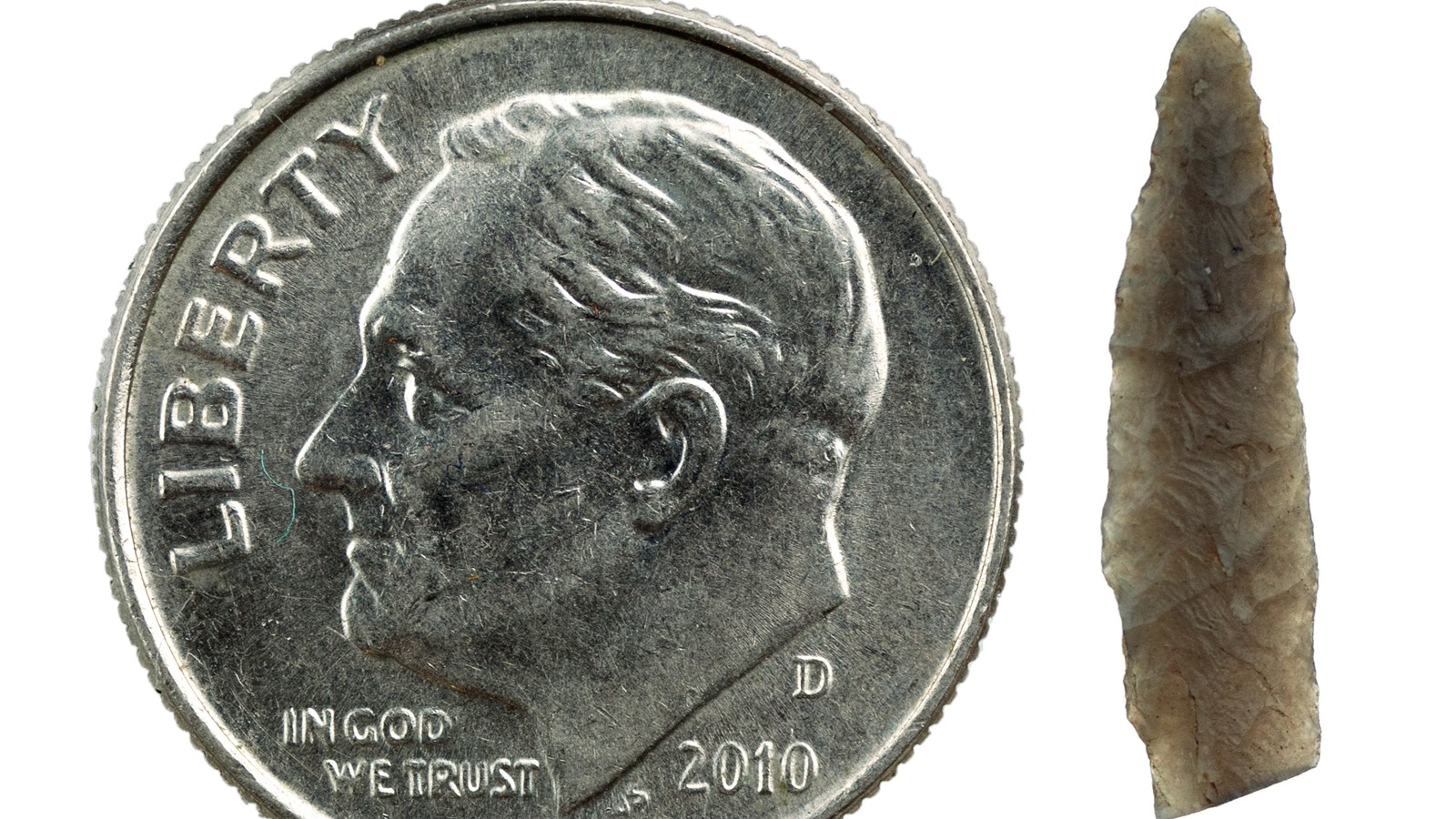Last updated: May 11, 2020
Place
Iyatayet National Historic Landmark

Courtesy of University of Alaska Museum of the North
The Iyatayet site is located near Norton Bay on Alaska's northwest coast. It was first studied by pioneer arctic archaeologist J.L. Giddings. The site represents three separate time periods of occupation.
The earliest occupation is about 5,000 years ago. Giddings found tiny, intricately chipped stone tools. This particluar stone tool style is known as the Denbigh Flint Complex and recognized as ancestral to later expressions of Inupiat culture in Alaska.
The next occupation at the Iyatayet Site National Historic Landmark is considered to be part of the Norton archeological culture. The Norton culture is known for the first appearance of pottery and large permanent winter villages in the Arctic. The final and most recent occupation at the Iyatayet site was the village of Nukleet and was initialy settled about 1,000 years ago.
The Denbigh Flint Complex represents a local Northwest Alaska culture and is acknowledged as one variation of the Arctic Small Tool tradition, an archeological tool tradition found along the entire coastline of North America from the Bering Sea to the northernmost tip of Greenland.
More National Historic Landmarks in Alaska
